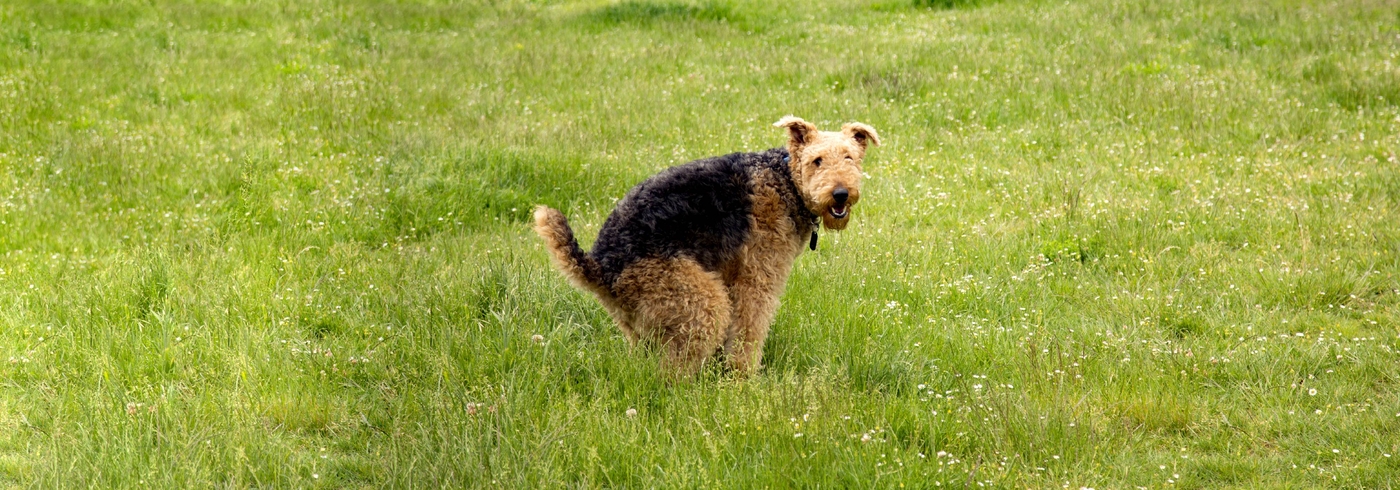
Dog Poop: Constipation, Bloating & Digestion Issues
A lot can go wrong with your dog’s poop, and Finn goes into what those issues mean, where they come from, and what you can do about them.
While it’s not the most exciting subject, every pet owner needs to know more about their dog’s bathroom habits — especially number two. We can learn plenty of information from dog poop, and it can give us a lot of information about the health of our precious pet’s GI system.
Consistency, color, shape, size, and even content can tell you different things, so we’re here to provide you with a primer to know where to start.
How Does Digestion Work?
We often don’t spend much time thinking about our dog’s digestive process, but a lot goes into getting food from their mouth to the backyard.
There is also a lot that can go wrong during that process, which leads to the various issues we’ll talk about in this article.
For instance, multiple organs are involved in the process — the stomach, liver, pancreas, and small and large intestines. Digestion starts when food enters your dog’s mouth and they begin to chew it. Enzymes in their saliva break down the food, which is then swallowed, and travels through the esophagus and into the stomach.
Once the food reaches their stomach, it is digested further before passing into the intestines. This step in the process is where the nutrients are pulled out from the food and absorbed into the body. After it travels through the intestines, all of the nutrients have been removed, and what is left is just the waste you’ll see in your backyard shortly.
What Does Normal Dog Poop Look Like?
Before you can start to explore what any changes to dog poop may mean, we need to establish the baseline.
Dog Poop Consistency
Consistency is usually the first thing people notice if there is a problem with their dog’s stool. There’s a noticeable difference between a “normal” bowel movement and loose stools or diarrhea.
Normal poop should be relatively compact with some water content but still be easy for you to pick up with either a bag or a pooper scooper. Although this may be a gross comparison, you can compare a normal dog poop consistency to how modeling clay or playdough feels when you squish it.
For reference, if we were to rate the consistency of normal dog poop on a scale of one to seven, with one being completely solid and firm and seven being pure liquid, the ideal consistency would be a two or three.
Dog Poop Color
Normal, healthy dog poop should be brown but can range from golden brown to a deeper, chocolate brown.
The color of their stool is often directly related to their diet and can change depending on the type of dog food they eat and what ingredients it contains. However, significant changes to your dog’s poop color can also point to specific health issues. Examples of that include stool that is obviously yellow or orange (which may indicate an issue with the liver or bile system), green (often associated with gallbladder problems or the excessive eating of grass), or gray (which may be a problem with the pancreas).
Red stool should be an immediate red flag. Although some dyes and foods can make your dog’s poop red-tinted, actual red in there may indicate that there is blood present — even if the rest of it appears normal. The same goes with dark or tarry stools, which can point to GI bleeding in the upper part of your dog’s intestinal tract.
Dog Poop Shape
Next up is shape. Normal poop should be “log” shaped and maintain that form when it hits the grass. There should also be slight dents in it, where it looks like it would easily break off into smaller pieces.
Dog Poop Size
Size can also play a part in telling you more about the health of their GI system. While there isn’t a specific size that their poop should be, it should be proportional to the amount of food they eat. Dogs who consume more fiber can also have larger, more bulky stools.
Dog Poop Coating
Normal dog poop should come out without any noticeable coating.
If there is any sticky residue left on the ground after your dog goes to the bathroom, it may indicate that your dog isn’t digesting their food properly. This coating also frequently has a different, usually more foul odor than regular stool.
You may also notice what looks like mucus — this can mean that your dog’s GI system worked extra hard to move that matter through the intestines. A little once in a while is OK, but if you see it more often, it’s worth bringing up to your vet.
Dog Poop Content
And finally, content. Make a habit of looking over your dog’s poop when you pick it up, checking for anything out of the ordinary like mucus, grass, hair, worms, or foreign objects.
If you have concerns about the content of their stool, take a fresh sample to your vet and have them examine it under the microscope.
Keep in mind that certain foods, especially fresh fruits and vegetables like corn or celery, may come through your dog’s GI tract completely undigested. This is generally normal, but you should consult your vet if you notice it happening more frequently.
Why Does My Dog Have Diarrhea?
With your dog’s normal baseline established, we can start to explore what it means when there are any changes to it. One of the most common issues that all dogs experience at some point in their lives is diarrhea.
Realistically, diarrhea can be triggered by many different factors — bacteria, foreign bodies, parasites, viruses, changing food too fast, fatty food, and even just stress.
Describing your dog’s diarrhea to your vet can help them narrow down the cause.Diarrhea that starts in the small intestine has different symptoms than when it begins in the large intestine.
Small intestine-based diarrhea usually happens between three and five times a day and is larger in volume.
Dogs with small intestinal diarrhea typically don’t have to strain to have a bowel movement, although they may be more likely to vomit and experience weight loss. Diarrhea in the small intestines is more likely to be caused by viruses and bacteria.
On the other hand, large intestine-based diarrhea leads to dogs having frequent small amounts of diarrhea. They are also far more likely to strain a lot, and the stools they produce may have bright red blood or mucus. Large-intestine diarrhea may be triggered by parasites, foreign bodies, or food allergies.
When you take your dog to the vet, come prepared with that information and a stool sample. That way, your vet can narrow down the cause and treat it appropriately.
When Should I Take My Dog to the Vet?
So you happened to catch a glimpse of your dog using the bathroom in the backyard and noticed that it seemed a little more watery than usual. It can be confusing when your dog acts normal and hasn’t given you any indication that their belly may not be feeling the best.
What should you do? Do you need to take them right to the vet, or do they even need an appointment at all?
Although it may be tempting to let everything proceed as usual, diarrhea is something that needs to be addressed even if your dog isn’t acting “sick.”
No matter how close we are with our pets, they’re still animals, and animals are biologically driven not to let on when they’re not feeling good.
Because of that urge, there’s still a chance your dog isn’t feeling well, even if they’re acting like their normal self. Schedule an appointment with their vet and see if you can catch or collect a stool sample (this may be hard if it is mostly watery). Dogs can get dehydrated quickly, and many different potentially serious health conditions can trigger diarrhea. It’s best to get them evaluated as soon as possible.
What Does It Mean If My Dog Is Pooping Blood?
It can be really scary to notice your dog pooping blood. However, before you panic, let’s look at some of the reasons this can occur.
You should be aware that any blood in your dog’s stool needs to be evaluated by their veterinarian as soon as possible, especially if they have any other symptoms. Bloody stool accompanied by weakness, pale gums, vomiting, or refusal to eat or drink should be taken very seriously.
There are two types of blood that your dog may experience — bright red blood (known as hematochezia) or dark, tarry blood (known as melena). The color can often help point to where the bleeding is coming from and can also help indicate how serious of an issue your dog may be having.
Bright red blood usually originates in the large intestine, which is closer to the rectum. It appears “fresh” because it hasn’t gone through the entire digestive tract and been broken down.
Black, tarry blood typically comes from further up in the digestive tract, usually the small intestine. While you may not notice it immediately as being blood, dark, tarry blood may actually indicate a more severe problem, like ulcers or cancer.
Will I Be Able To See Worms in My Dog’s Stool?
If you’re genuinely concerned that your dog may be dealing with parasites, your first step should always be to bring a fresh stool sample to your veterinarian for evaluation. Some parasites are visible in your dog’s poop, but many can’t be seen until the infection has gotten out of control.
The three types of worms that can be easily seen in your dog’s stool are tapeworms, whipworms, and roundworms. You can’t as easily see a hookworm in dog poop, so this specific parasite needs to be diagnosed by your veterinarian through a fecal floatation.
How Can I Tell If My Dog Is Constipated?
Constipation is more than just not going to the bathroom. Constipated dogs can still have bowel movements, but they are usually hard and pebble-like and occur with some discomfort and considerable effort. Stools may even be bloody or covered in mucus.
Some of the common causes of constipation in dogs include a lack of exercise, a poor diet, not eating enough fiber, blockages from foreign bodies, thyroid issues, problems with their anal glands, and even medication side effects.
Narrowing down the cause can help you rectify the issue and prevent it from reoccurring in the future. Even simple lifestyle changes like running with your dog a few times a week, changing up their diet, or grooming them more frequently can help.
Constipated dogs are also frequently visibly bloated. However, call your vet right away if you’ve noticed that your dog is bloated, especially if it happens quickly. It’s essential to rule out a dangerous condition known as bloat, which must be treated immediately.
Treating constipation will require veterinary intervention in most cases. Some dogs may need an enema to help get things moving again or even subcutaneous or IV fluids to help improve their hydration status. If there are more significant, more systemic issues at play, your doggo may require lifetime medications to support their digestive process so that it continues to work as well as possible.
What Does It Mean If My Dog Eats Their Own Poop?
The first time you catch your dog eating their poop, it can be jarring. After all, you probably let your dog give you kisses, right? It can make you rethink everything, and it makes you wonder why exactly your sweet puppy would do something so disgusting.
The medical term for this behavior is coprophagia. While a medical condition may occasionally cause it, poop-eating is most often associated with behavioral issues. It may also make you feel better to know that it is a fairly common issue.
After ruling out potential physical causes like nutritional deficiencies, parasites, and drug side effects, you can move on to the behavioral side of things.
Unfortunately, because our dogs can’t talk, it can be more challenging to figure out what may be making them want to eat their poop. Isolation and confinement, anxiety, and attention-seeking can all lead to issues with coprophagia and will likely need to be addressed by an animal behaviorist.
Focus on Your Dog’s Hydration Status
We pay a lot of attention to our dog’s diet, mainly because we’re the ones who feed them.
We choose their food carefully, measure it out, and watch to make sure they eat it all. But when was the last time you watched to see how much your dog is drinking? Sure, you fill their water bowl up when it needs it, but do you know if your dog is drinking enough to stay hydrated?
A good general rule of thumb is that your dog should be drinking about an ounce of water for each pound of body weight. For example, a dog who weighs 50 pounds should drink about 50 ounces of water every day. That’s just over six cups of water. Instead of just filling up the bowl, measure it out at the beginning of the day and see if they finish it all by the time you go to bed.
If your dog doesn’t drink enough water, there is far more of a chance that they will experience constipation at some point. Dehydration can also cause other health issues, as water is needed for every part of the body to function. Some dogs may need encouragement to drink more water, like a pet fountain or adding water to their food.
To Wrap Up
A pooping dog is the last thing most of us want to think about. However, as a pet owner, it’s crucial that you have at least some idea of your dog’s regular bowel habits. This gives you a standard to compare any abnormalities to so that you can get your dog any appropriate treatment that they may need.
After all, we all want to have our dogs around as long as possible, and early intervention is one of the ways you can help guarantee that. Stick with Finn for more information on helping your dog live their best life.
Sources:
Introduction to Digestive Disorders of Dogs - Dog Owners | Merck Veterinary Manual
Diarrhea – Veterinary Teaching Hospital | WSU
Behavioral Problems of Dogs - Behavior | Merck Veterinary Manual

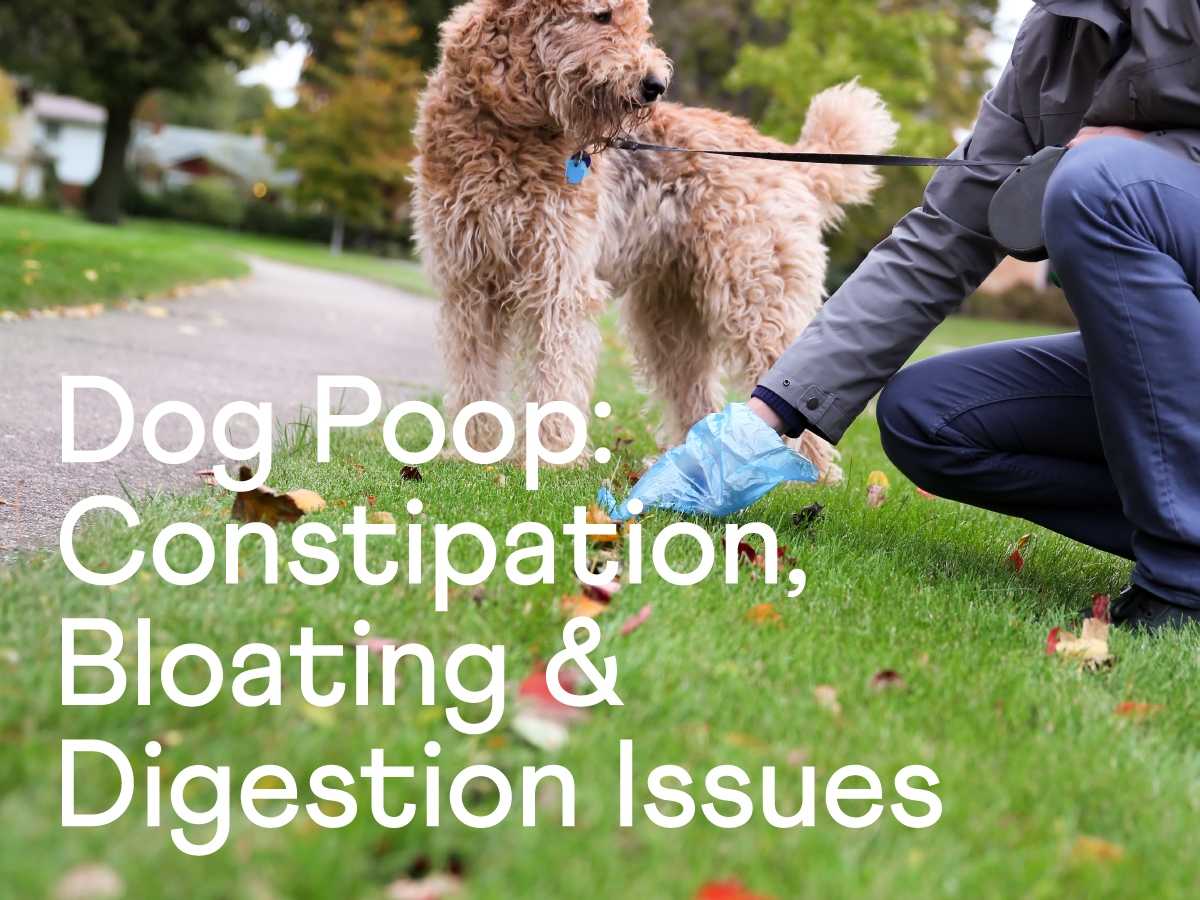
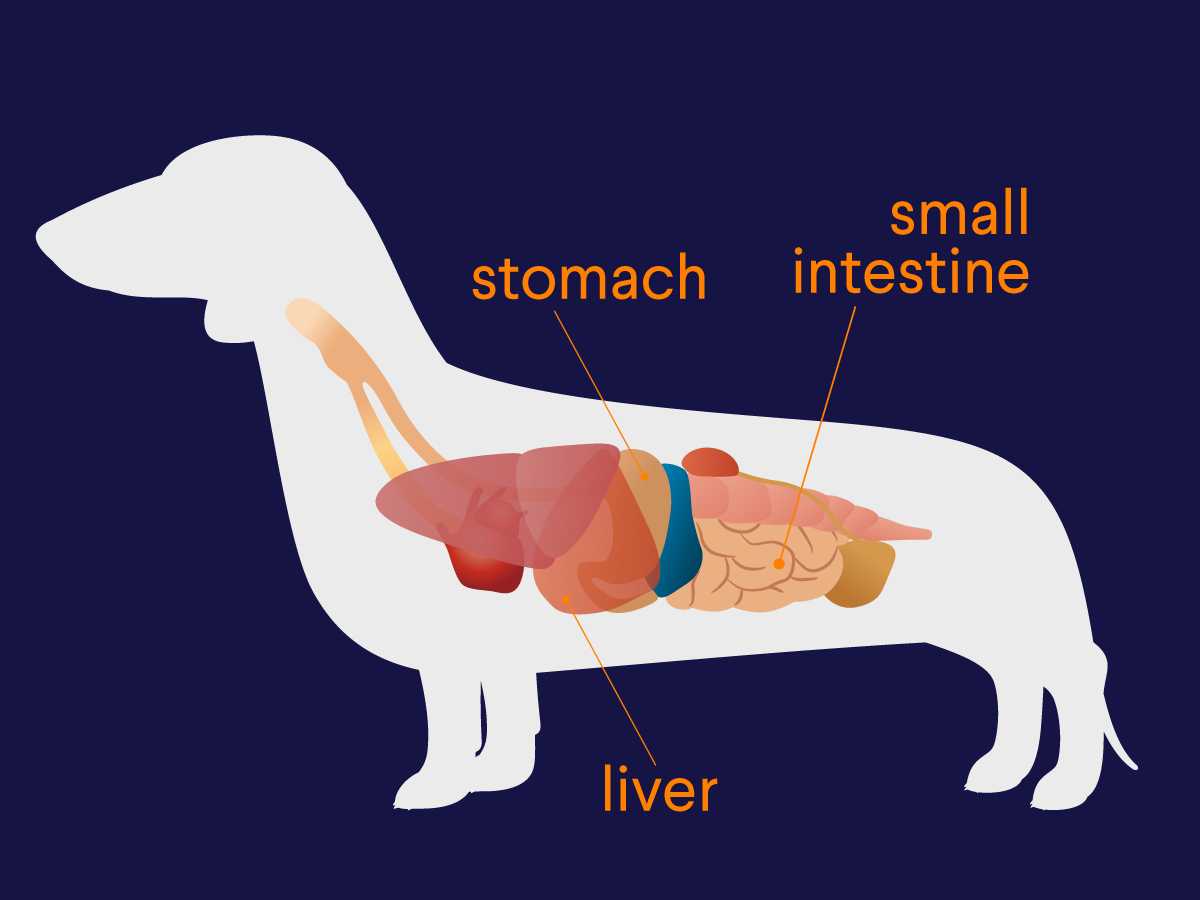
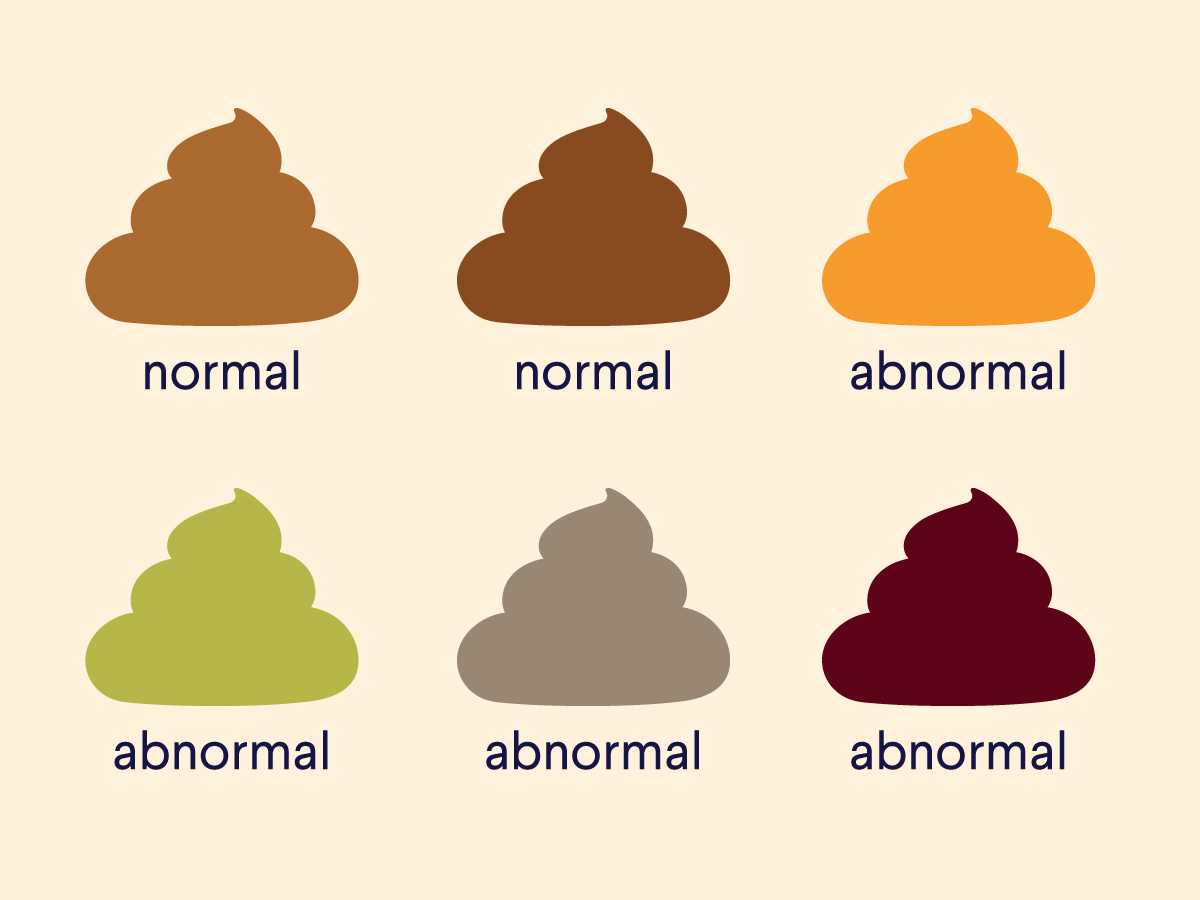
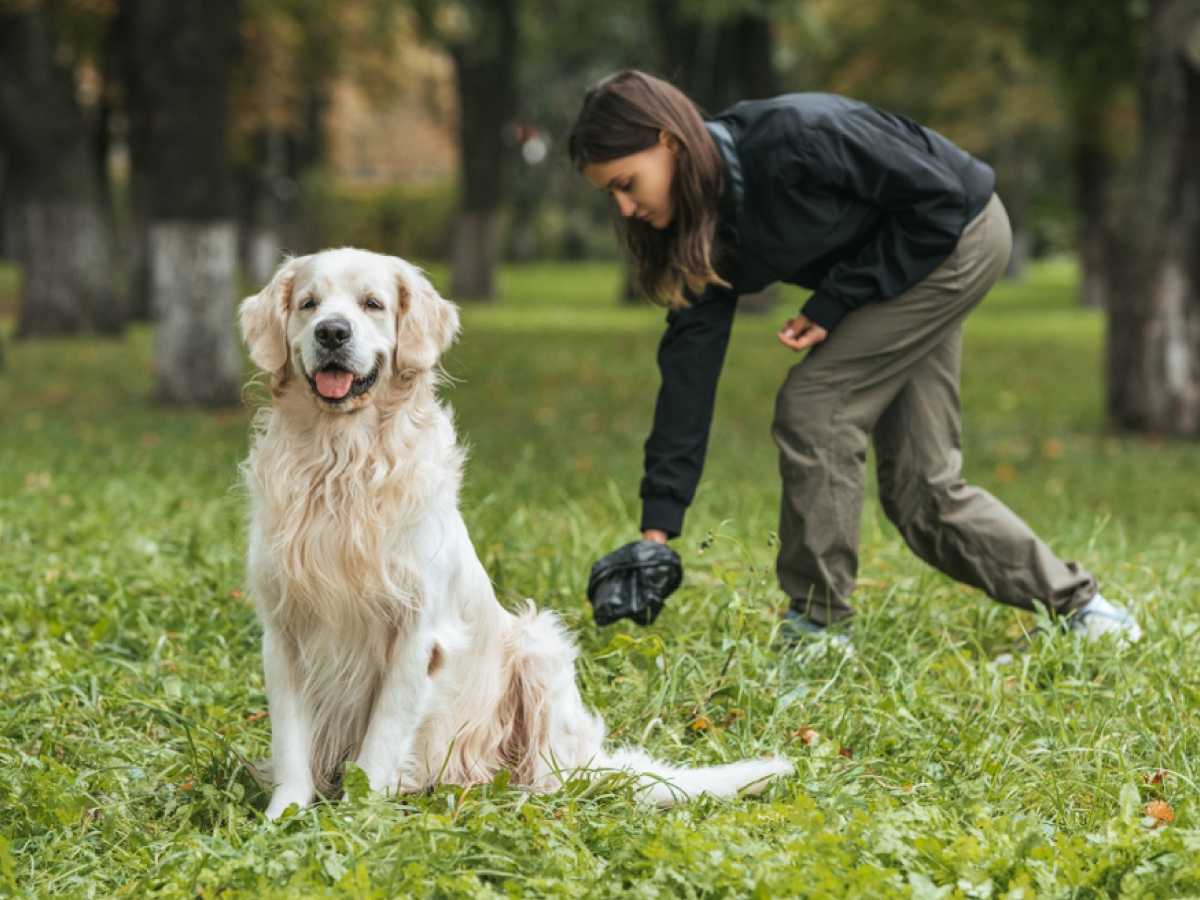
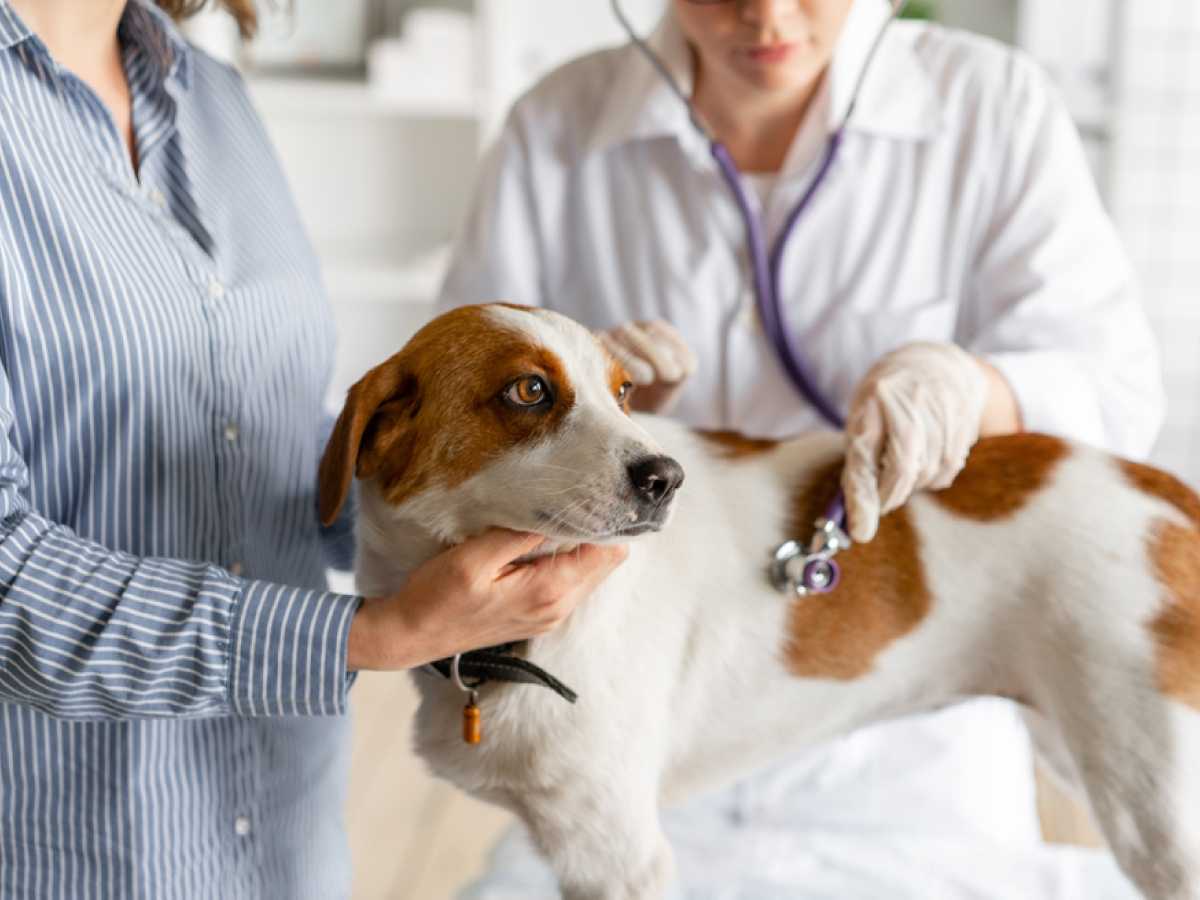
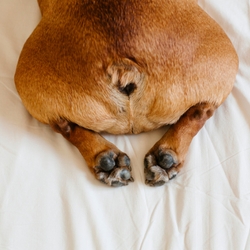

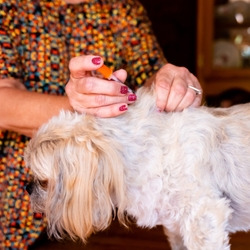
Comments: